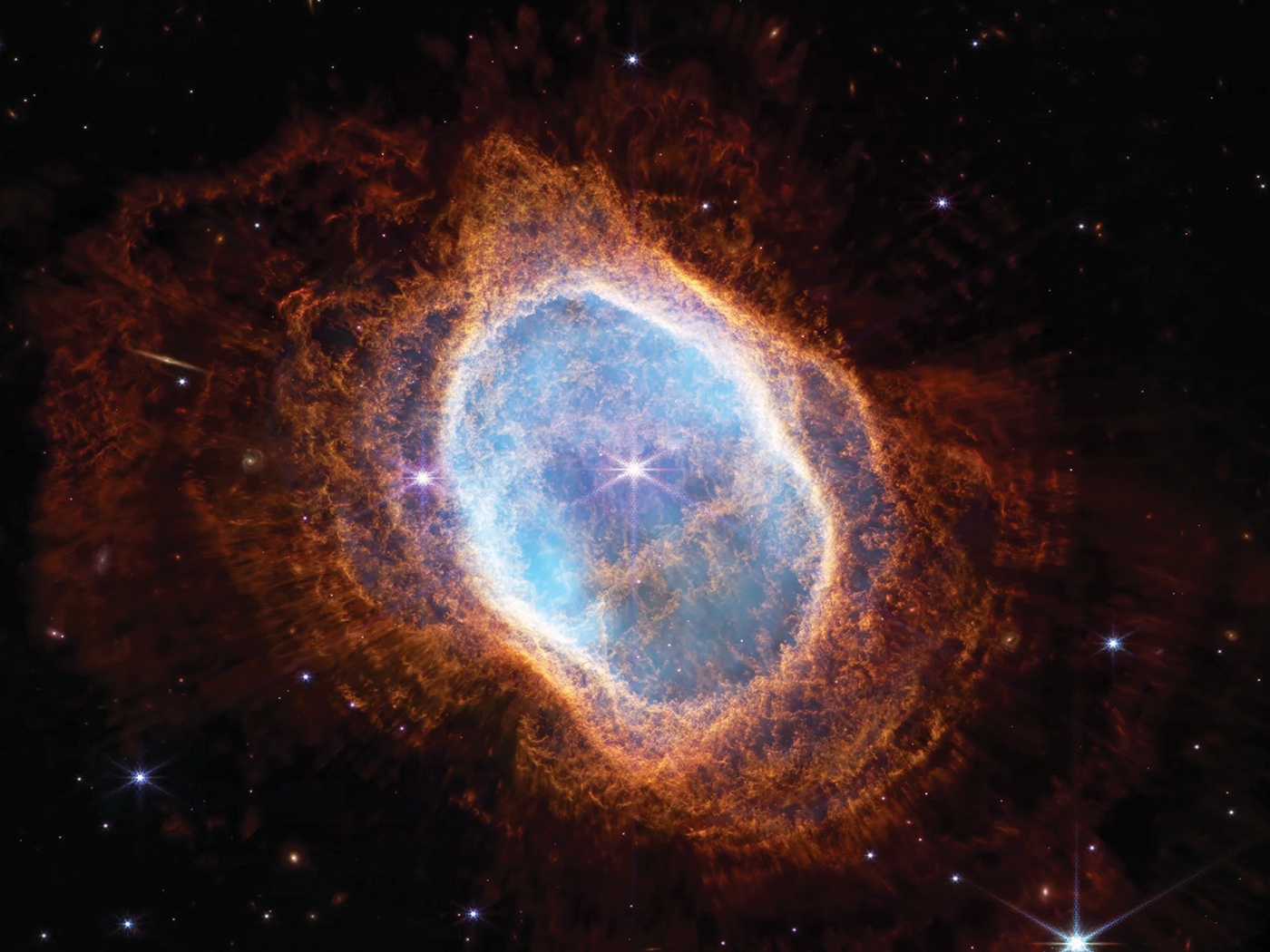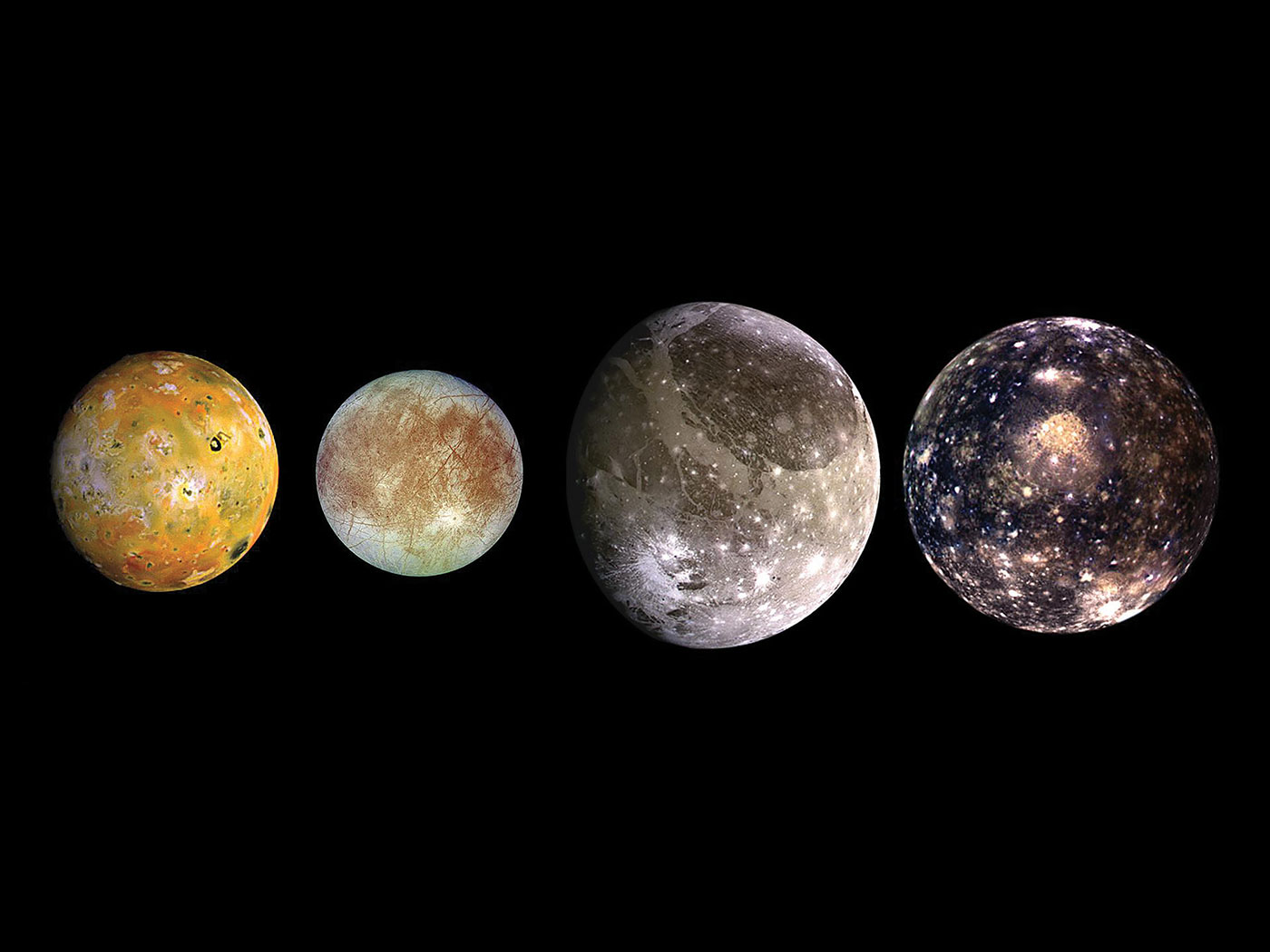According to Loren C. Eiseley, Benjamin Franklin Professor of Anthropology and the History of Science at the University of Pennsylvania before his death, "the leading tenets of Darwin's work — the struggle for existence, variation, natural selection, and sexual selection — are all fully expressed" in a paper written by creationist Edward Blyth in 18351 (emphasis added). Unlike Darwin, however, Blyth saw natural selection as a preserving factor rather than as "a potentially liberalizing" one. According to this under-appreciated naturalist, the conserving principle was "intended by Providence to keep up the typical qualities of a species." Atypical variations, to use Eiseley's words, led to the animal's "discovery and destruction."2
Eiseley, not a creationist, wrote that "Blyth is more than a Darwinian precursor, he is, instead, a direct intellectual forebear. . . ." In Eiseley's estimation, Blyth "belongs in the royal line . . . one of the forgotten parents of a great classic." On the same page, Eiseley also affirmed that "Darwin made unacknowledged use of Blyth's work."3
Editor Kenneth Heuer concluded, "this is Eiseley's discovery." Darwin had "failed to acknowledge his obligation to Blyth."4 He did acknowledge others (and even Blyth peripherally), but, as Eiseley demonstrates persuasively, Darwin for some reason chose not to credit creationist Blyth with the key element in his theory — natural selection.
In addition to providing the reader with a chapter on Edward Blyth written by contemporary Arthur Grote, Dr. Eiseley furnished essays written by the creationist himself — essays that most assuredly were read by Charles Darwin. They originally appeared in The Magazine of Natural History in 1835, 1836, and 1837. Examples of how this naturalist honored his Creator are provided.
In the first, The Varieties of Animals (pp. 97–111), Blyth considered, among other things, changes in animal coloration. The mountain hare, for example, becomes white in winter, "hardly to be discerned upon the snow." On the same page Blyth wrote:
There has been, strangely enough, a difference of opinion among naturalists, as to whether these seasonal changes of color were intended by Providence as an adaptation to change of temperature, or as a means of preserving the various species from the observation of their foes, by adapting their hues to the color of the surface. . . . The fact is, they answer both purposes; and they are among those striking instances of design, which so clearly and forcibly attest the existence of an omniscient great First Cause.5
It is sad that such language would be disallowed from many if not all nature journals today — especially if written by a living naturalist. It is refreshing, however, to read of a naturalist who credits the Creator with concern for His creatures. Words of the Creator Himself come to mind:
Then said the LORD, Thou hast had pity on the gourd, for the which thou hast not labored, neither madest it grow; which came up in a night, and perished in a night: And should not I spare Nineveh, that great city, wherein are more than six score thousand persons that cannot discern between their right hand and their left hand; and also much cattle?6 (Jonah 4:10,11) (Emphasis added.)
The next essay7 reveals a naturalist's heart bent in reverence before his Creator:
It is the grand and beautiful, the sublime and comprehensive system which pervades the universe, of which the sun and planets are but a portion, and which, to return to ornithology, is so well exemplified in the adaptation of the ptarmigan to the mountain top, and the mountain top to the habits of the ptarmigan; which suits the ostrich to the arid desert, the woodpecker to the forest, and the petrel to "the far sea wave." It is the majestic and admirable system by which all nature works so beautifully together, and to which all that our external senses reveal appertains. It is the system which, exquisite and intensely interesting in all its minutest details, is, if possible, even more so in its complicated relation; by which, by the unity of design pervading which, all is demonstrable to be the workmanship of one omnipotent and all-foreseeing providence, under the beneficent dispensation of whom naught that ever exists or occurs stands isolated and alone, but all conduce and work admirably together for the benefit of the whole; by whose all-wise decree it is ordained, that, while the lofty and sterile mountain peak attracts the clouds, which in winter, in consequence, precipitate themselves upon it in the form of snow, it should cause itself to become clad in the hue of all others the most calculated to prevent its internal temperature from being farther reduced, and itself from thereby becoming an increased source of cold by radiation to all around; while, at the same time, the concretion of snow itself, instead of deluging the country round with superfluous moisture, is thus retained for a time upon the heights, not only to shelter the more tender organized productions of the mountain from severer cold, but also to furnish, by the action of the summer sun, a due supply of water, when needed, to the fountains and rills which irrigate and fertilize the more level country; there having done its part, to flow on to the mighty reservoirs of the ocean, again to arise in clouds, and to fulfill again its appointed rounds, with perpetual never ceasing energy, while the world endures.8
Dr. Eiseley wrote that "Edward Blyth was one to remember the color and shape of a darting bird or a fox going over a hedge. He saw things hiding, shifting, changing. He had what today we would call a photographic memory."9 He also stated explicitly that Blyth was "a special creationist."10
An evolutionist himself, Eiseley viewed Blyth as laboring under an "eighteenth-century limitation upon organic divergence which blinded so many early nineteenth-century thinkers.11 Who really are the blind, however? Geneticists know that there are definite boundaries to divergence. Try as they might, evolutionists cannot change one species into a viable other; they still have blind trust that it occurred many times in the past, however.
In Blyth's third essay, Psychological Distinctions Between Man and Other Animals, the author wrote that animals "evince superhuman wisdom, because it is innate, and therefore, instilled by an all-wise Creator. Indeed, the unpremeditated resource of animals, in cases of emergency, is oftentimes decidedly superior to that of man; and why? Because they need not experience for their guide, but are prompted to act by intuition."
Again, how very out-of-place these words would seem if appearing in secular publications today! Evolution is a religion for many, and departures from this godless orthodoxy are not generally tolerated. Reference to the "all-wise Creator" violates the godless orthodoxy of evolution.
The apostle Paul wrote long ago that men wickedly suppress the truth.12 Why Darwin did not credit Edward Blyth more generously may not be known by us until He who unlocks the secrets of men's hearts returns and exposes all. Eiseley made a strong case, however, that Darwin benefited from Blyth especially in one key area but apparently chose not to credit the naturalist for this key insight.
Dr. Henry M. Morris wrote, "Although he was bound to know of the natural-selection writings of both Paley and Blyth, Darwin gave them no credit for their contribution to his own misuse of their perfectly appropriate use of natural selection."13 One could conjecture that Darwin, knowing Blyth to be a special creationist, did not want to associate his doctrine with anything that could be understood within a creationist framework of thought.
Creationists have had and still have little problem with the tenets of natural selection. Small variations having survival benefit within created kinds, such as coloration of peppered moths or differently shaped beaks, no more disprove creation than fossils in sedimentary rocks disprove a universal flood. The Creator not only displays tremendous variety of kinds but also enormous variety within created kinds. How to transmute from one species to another is the problem, however. It was impossible for Darwin to get past that barrier, and it is just as impossible today.
As has been noted, Blyth wrote of an "all-wise Creator" and the "omniscient great First Cause." This Creator and First Cause, the Lord Jesus Christ, will return someday and reveal what has been hidden. He said, "Fear them not therefore: for there is nothing covered, that shall not be revealed; and hid, that shall not be known."14 The Bible says that "Therefore judge nothing before the time, until the Lord come, who both will bring to light the hidden things of darkness, and will make manifest the counsels of the hearts."15 "Neither is there any creature that is not manifest in His sight: but all things are naked and opened unto the eyes of Him with whom we have to do."16
As Blyth intimates, however, the Creator is also compassionate in His dealings. Not only does He make it possible for animals to adapt "as a means of preserving the various species from the observation of their foes," as Blyth wrote (above), but He supremely extended Himself in love and compassion toward us who are made in His image. Knowing our rebellious hearts, He bore our sins on the cross, giving us a covering — His cloak of pure righteousness.
May the greatest Naturalist, who arrays the flowers of the field with more glory than that of Solomon, touch many more hearts, not only with the wonders of His intricate creation, but also with the preciousness of His bounteous love.
1 Loren Eiseley, Darwin and the Mysterious Mr. X (New York: E.P. Dutton, 1979), p. 55.
2 Ibid., p. 56.
3 Ibid., p. 59.
4 Ibid., p. x.
5 Ibid., p. 108.
6 Jonah 4:10, 11.
7 Seasonal and Other Changes in Birds, pp. 112–140.
8 Ibid., pp. 116–117.
9 Ibid., p. 49. (Edward Blyth's sister wrote of him, "Never was any youth more industrious; up at three or four in the morning, reading, making notes, sketching bones, coloring maps, stuffing birds by the hundreds, collecting butterflies, and beetles — teaching himself German sufficiently to translate it readily, singing always merrily at intervals," p. 170.)
10 Ibid., pp. 68,69.
11 Ibid., p. 54.
12 Romans 1:18.
13 Henry M. Morris, The Long War Against God (Grand Rapids: Baker Book House, 1989), p. 158.
14 Matthew 10:26.
15 I Corinthians 4:5.
16 Hebrews 4:13.* Paul G. Humber, A.B., M.S., B.D., teaches at the Haverford School, Haverford, Pennsylvania.
















